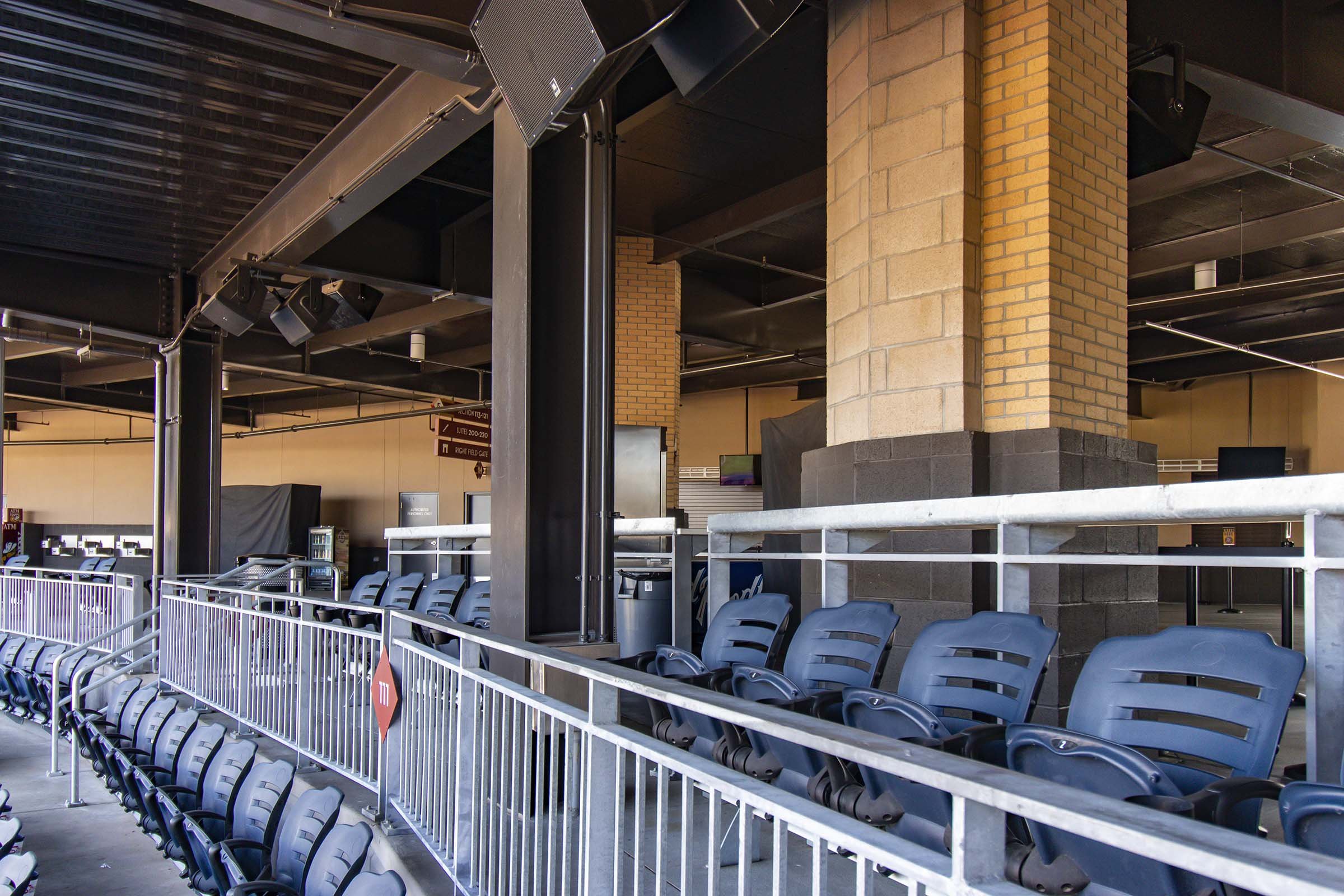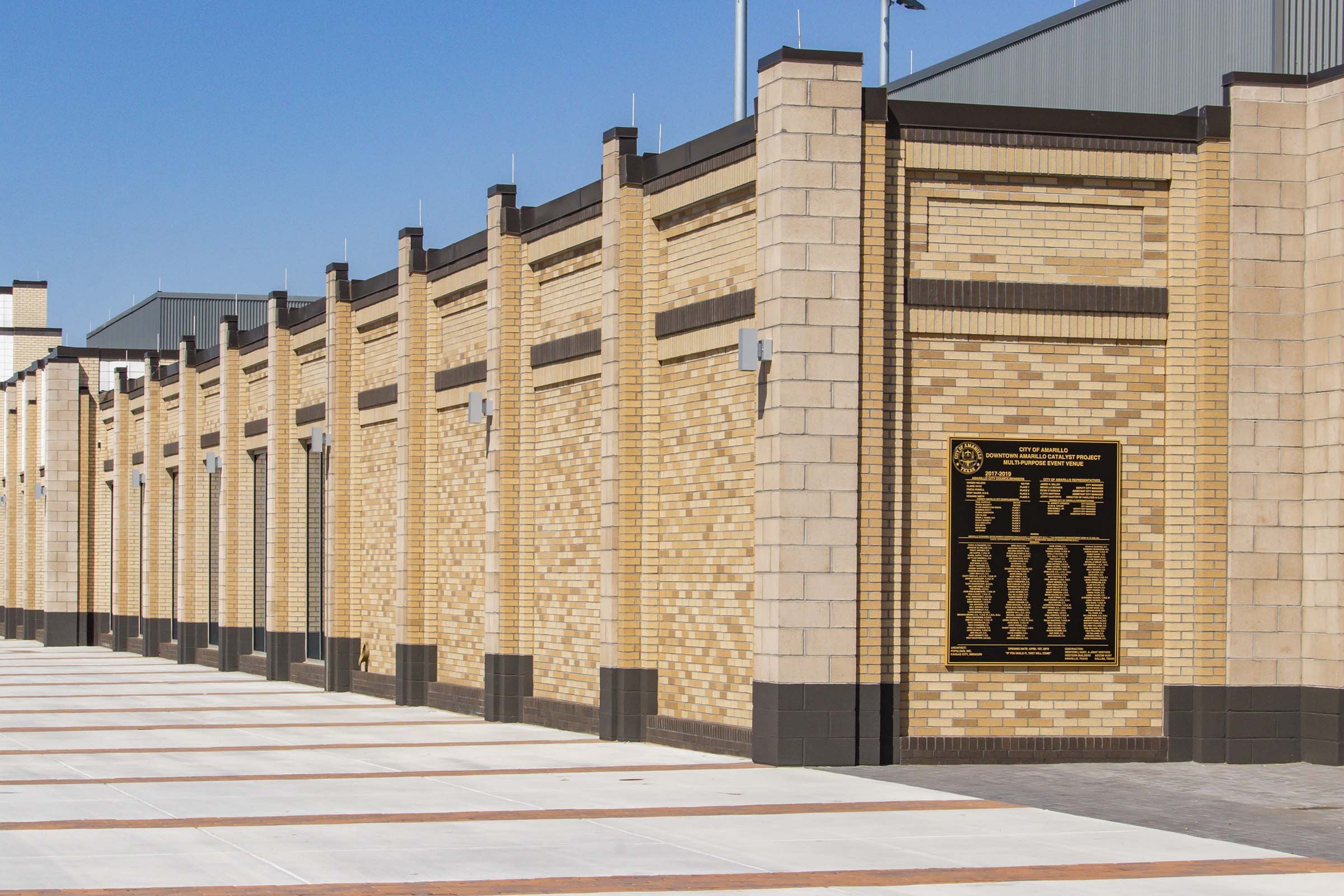Hodgetown proves brick and baseball were made for each other
/There’s been a resurgence in beautiful brick baseball stadiums in the last few decades. Oriole Park at Camden Yards was the first high profile ballpark to bring back the old-time charm of baseball venues, calling on brick as a major component. Since then many other newly-constructed stadiums have put brick’s design flexibility to work using a variety of new and old styles, but keeping the “it just feels right” character of brick at the center of their designs.
Minor League ballpark, Hodgetown, in Amarillo, Texas, puts a new-old spin on brick ballparks by incorporating a Midwest art deco style. Designers from Populous built a park that emulated the feel of adjacent downtown Amarillo, kicking off a new phase of revitalization for the area.
The $45 million, 6,631-seat ballpark drew inspiration from the 1930s Santa Fe Railway regional headquarters a few blocks away, and surrounding hotels and other historic buildings. Nowhere is this influence more apparent than in the entry rotunda serving as the stadium’s “front door” behind home plate. The multistory rotunda is made prominent by its grillwork and verticality, while subtly contrasting earth tones of brick from Acme Brick extend horizontally away from the rotunda parallel to the baselines.
These striations in the brickwork draw on the geological layers found in nearby Palo Duro Canyon State Park, the second largest canyon in the U.S. Along the exterior of the stadium seating structures, brick is laid in a rhythm of color tones, at once creating a strong layered horizontal line and adding vertical punctuation through concrete block pilasters flanked by complementary brick trim.
The variety of brick colors and motifs continue inside the park on columns and in premium seating areas. Brick pavers carry the action out onto the public promenade in playful diamond patterns. Brick serves throughout the project to provide design variety within a pleasingly cohesive range.
All photos by Brent Cavanaugh.




















